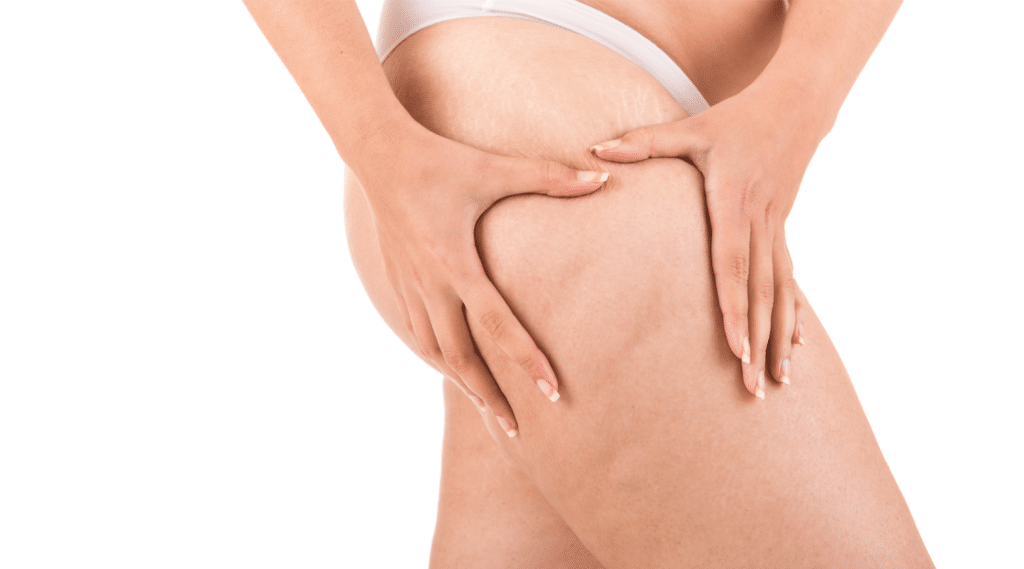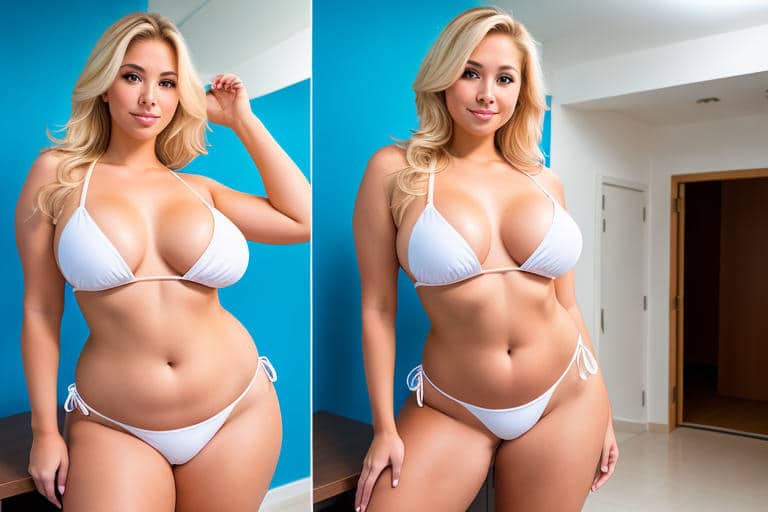Having a baby can be one of the most rewarding experiences in life, but it also comes with many physical changes to the body. For mothers who are unhappy with their post-baby body, a mommy makeover can help them regain their pre-baby figure and feel more confident. A mommy makeover is a combination of plastic surgery procedures to restore the body after pregnancy, childbirth, and breastfeeding. Common procedures included in a mommy makeover are liposuction, breast lift/augmentation, abdominal core tightening, and excess skin removal.
It is important for patients considering this procedure to understand all aspects of the process from preparation to recovery to cost. It is also important for mothers to remember that taking care of themselves is an essential part of being able to take care of their children.
This article will discuss the benefits of a mommy makeover, how to prepare for the procedure, what to expect during recovery, balancing motherhood and self-care, and the cost associated with this type of surgery. In addition, it will explain why choosing a board-certified plastic surgeon is essential for successful results.
Benefits of a mommy makeover: liposuction, breast lift/augmentation, abdominal core tightening, excess skin removal – restore pre-baby body, boost confidence.
Benefits of a Mommy Makeover
Motherhood can be a beautiful, but challenging experience. After having children, many women feel self-conscious about their post-pregnancy bodies, and may not feel as confident as they once did. A Mommy Makeover is a combination of cosmetic surgery procedures that can help mothers restore their pre-baby body and boost their self-confidence.
Liposuction
Liposuction is one of the most popular procedures included in a Mommy Makeover. It is designed to remove stubborn fat deposits from areas such as the abdomen, thighs, hips, arms, back, neck and buttocks. This procedure can help create smoother contours and an overall slimmer silhouette.
Breast Lift/Augmentation
Pregnancy and breastfeeding often cause changes in the breasts such as sagging or drooping due to the loss of volume and elasticity. A breast lift can help restore the breasts to their original shape and position, while a breast augmentation can add volume to the breasts for a more youthful appearance.
Abdominal Core Tightening
The abdominal muscles are often stretched during pregnancy which can cause them to separate and weaken. Abdominal core tightening helps strengthen these muscles to provide better support for the abdominal wall and improve overall tone and definition of the waistline.
Excess Skin Removal
For some women, pregnancy results in excess skin around the abdomen that cannot be improved with diet or exercise alone. excess skin removal surgery removes this extra skin for a smoother stomach appearance.
Preparing for the Procedure
Before undergoing a mommy makeover, it is important to consult with a board-certified plastic surgeon and discuss the desired outcome. During the pre-operative consultation, the patient can discuss their individual goals and expectations, as well as any concerns they may have about the surgery. The surgeon will then develop a customized surgical plan that addresses the patient’s specific needs and desires.
Pre-operative Consultation
During the pre-operative consultation, patients should provide their medical history to their doctor, including any current medications or supplements they are taking. The doctor will also examine the patient’s body to determine which procedures would be most beneficial in achieving their desired outcome. Additionally, patients should ask questions about potential risks or complications associated with the surgery.
Surgical Plan and Preparation
Once a surgical plan has been developed, the patient will need to prepare for their procedure by following their doctor’s instructions. This may include avoiding certain medications or supplements prior to surgery, abstaining from smoking and drinking alcohol, and eating a healthy diet to promote healing after surgery. Additionally, patients should arrange for someone to drive them home from the hospital after their procedure and stay with them during recovery.
Recovery from Mommy Makeover: swelling, bruising, discomfort; pain medication; rest; compression garment; follow-up visits; return to normal activities in 2 wks.
Recovery from a Mommy Makeover
Once the procedure is complete, the patient will begin the recovery process. It is important to follow all post-operative instructions given by the surgeon to ensure proper healing and reduce any risks of infection.
Post-operative Care
Immediately following surgery, patients may experience some swelling, bruising, and discomfort. Pain medication can be prescribed to help manage these symptoms. Patients should expect to take it easy for a few days and avoid strenuous activities such as heavy lifting or exercise. The doctor may advise wearing a special compression garment for a period of time in order to reduce swelling and speed up healing.
Follow-up Visits with the Surgeon
The doctor will likely schedule follow-up visits at regular intervals after the surgery to monitor progress and address any concerns that arise during recovery. These visits are an important part of the healing process and should not be skipped or delayed.
In general, most patients can return to their normal daily activities within two weeks of the procedure, although this timeline can vary depending on individual circumstances. It is important to remember that while recovery may take some time, the results are worth it in terms of improved self-confidence and body image.
Balancing Motherhood and Self-Care
As a mother, it is easy to get caught up in the hustle and bustle of everyday life. Between taking care of the kids, keeping up with household chores, and managing a career, it can be difficult to find time for self-care. A mommy makeover is an excellent way for moms to take some time out for themselves and focus on their own health and wellbeing.
Reconnecting with Yourself
Motherhood can be incredibly rewarding, but it can also be exhausting. Taking the time to reconnect with yourself is essential for maintaining your mental health and overall wellbeing. A mommy makeover helps you do just that by allowing you to take a break from your regular duties and focus on yourself for once. It’s an opportunity to relax, unwind, and get back in touch with who you are as an individual.
Having some “me” time can help you feel refreshed and energized when returning to your daily responsibilities as a mother. When you feel more connected to yourself, it’s easier to stay focused on the things that matter most—like spending quality time with your family or pursuing hobbies that bring you joy. Taking care of yourself can ultimately help you become a better parent too!
Cost of a Mommy Makeover
The cost of a mommy makeover can vary depending on the specific procedures chosen, the complexity of the surgery, and the surgeon’s fees. Generally speaking, a mommy makeover typically costs between $10,000 and $15,000. This price range includes all aspects of the procedure such as anesthesia fees, pre-operative testing, operating room costs, medications, and post-operative garments.
Factors Affecting Cost
The individual procedures that comprise a mommy makeover will affect the overall cost. Liposuction is usually more expensive than breast augmentation or lift because it requires more advanced technology and techniques to achieve optimal results. Abdominoplasty is also typically more costly than other body contouring procedures because it involves extensive tissue removal and reshaping.
Insurance Coverage
Most insurance companies do not cover any costs associated with cosmetic surgery. However, if you have medical complications due to your pregnancy that require plastic surgery to correct them, your insurance may cover some or all of the procedure costs. It is important to check with your insurance provider before scheduling your surgery in order to determine what is covered by your policy.
Why Choose a Board-Certified Plastic Surgeon?
Choosing a board-certified plastic surgeon is essential for any mommy makeover procedure. These professionals are highly trained and experienced in the field of cosmetic surgery, having gone through extensive training and certification by the American Board of Plastic Surgery. This ensures that they meet the highest standards of excellence in terms of safety and quality care. Furthermore, they are knowledgeable about the latest techniques and advancements in plastic surgery, ensuring that their patients receive the best possible results from their procedure. Additionally, board-certified plastic surgeons are able to provide personalized care tailored to each patient’s individual needs and goals. Therefore, it is important to research and carefully consider your options before selecting a plastic surgeon for your mommy makeover procedure.






